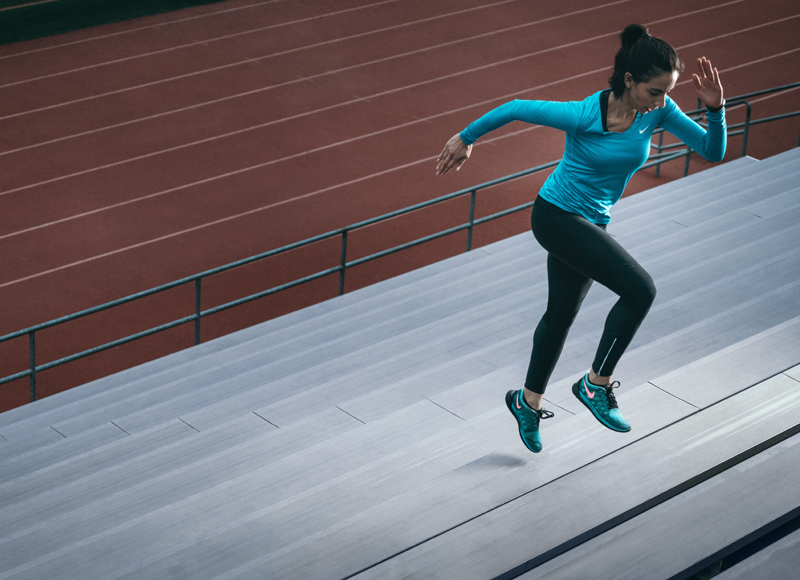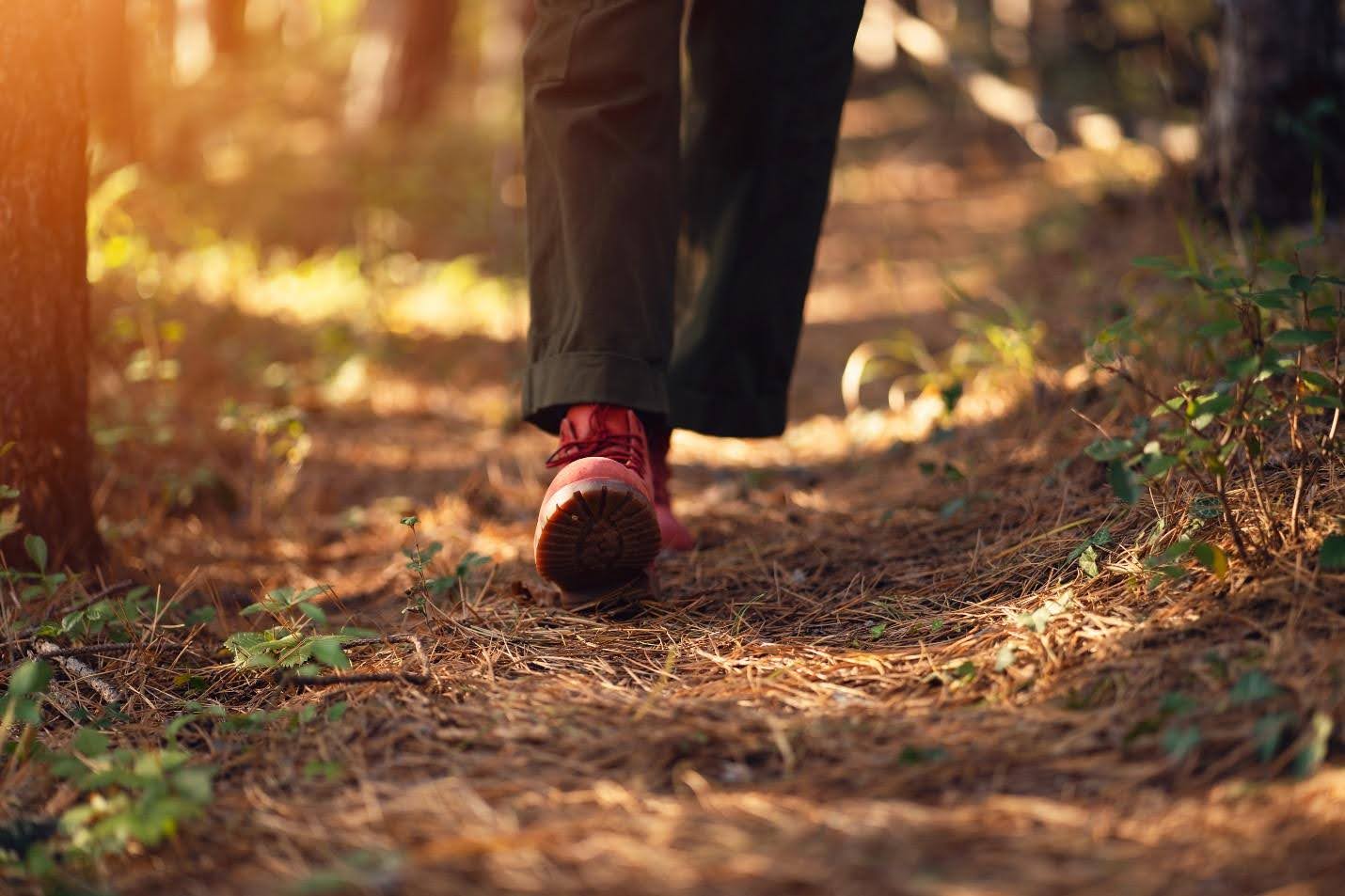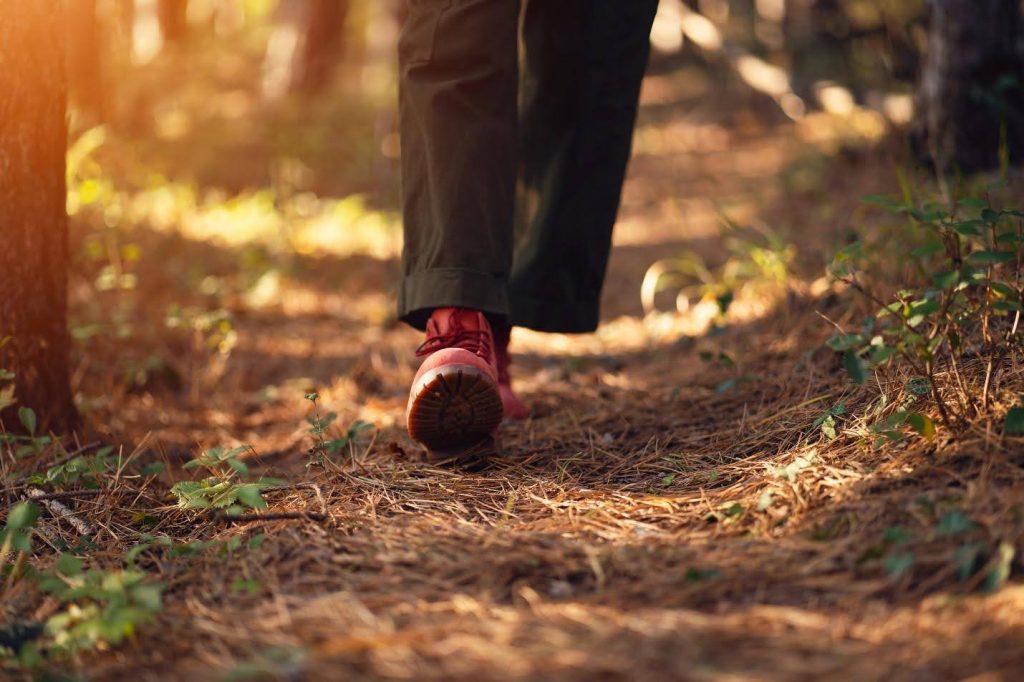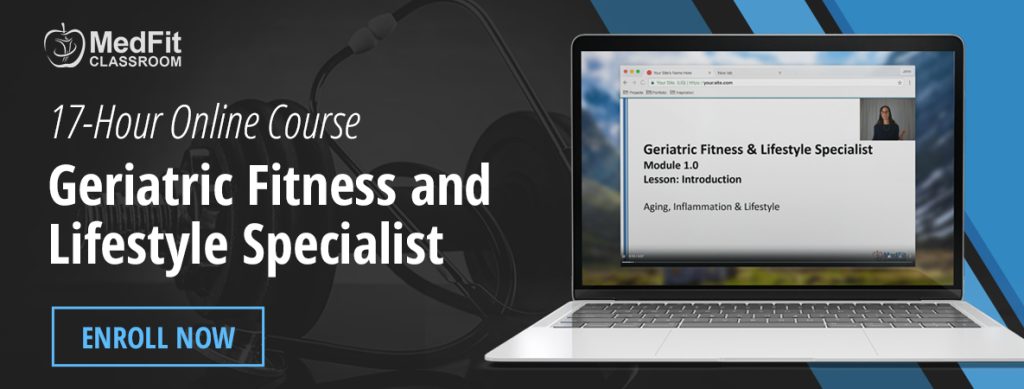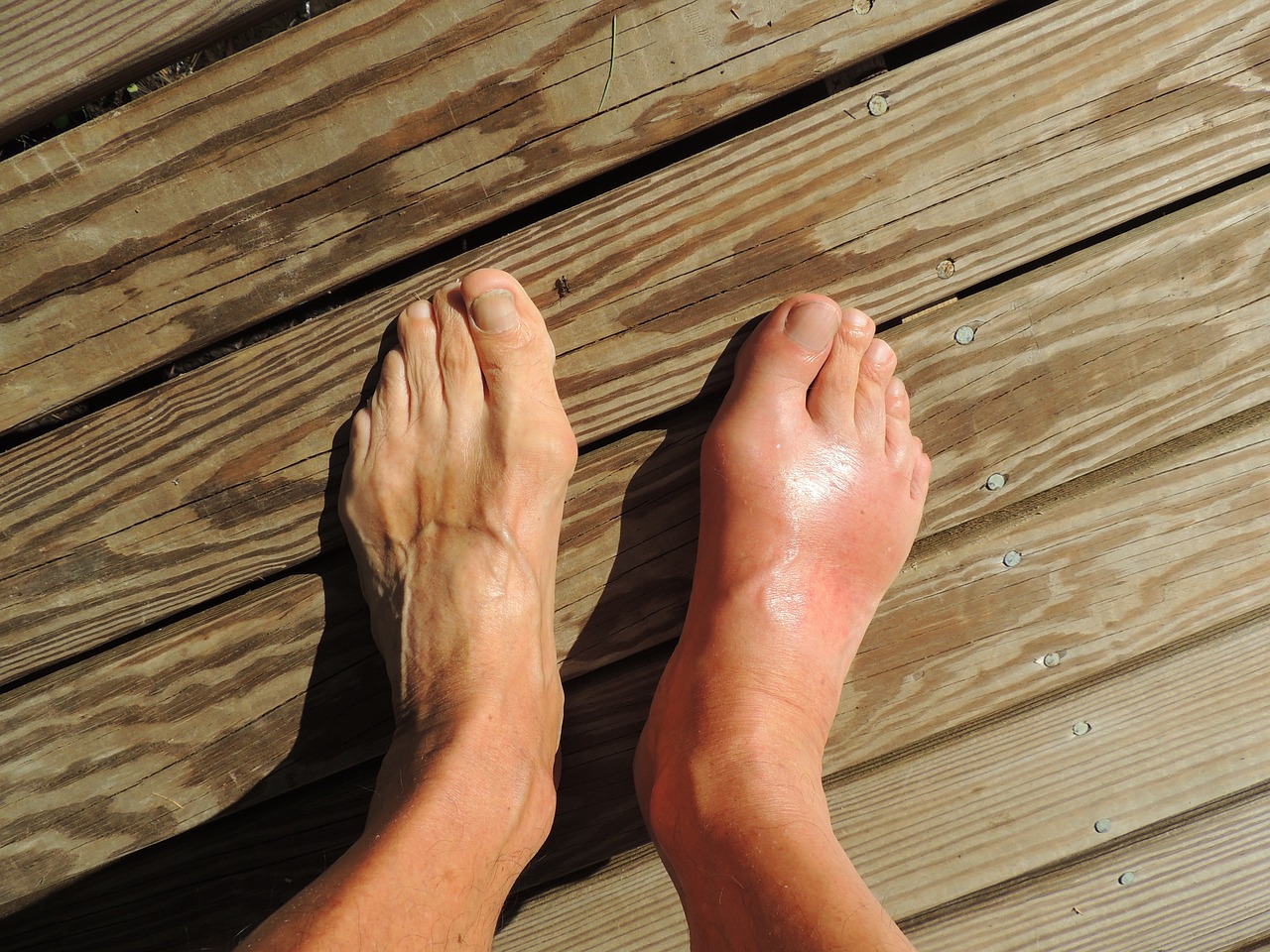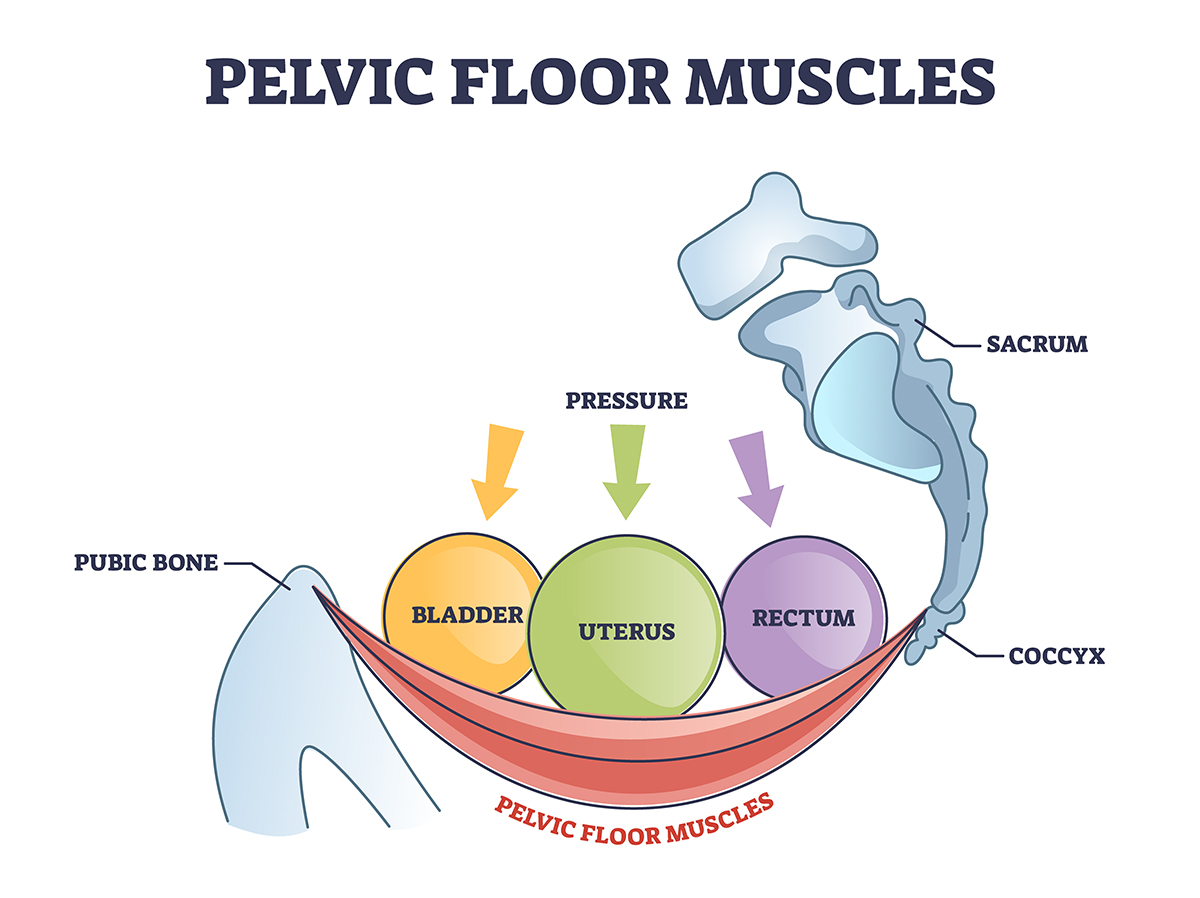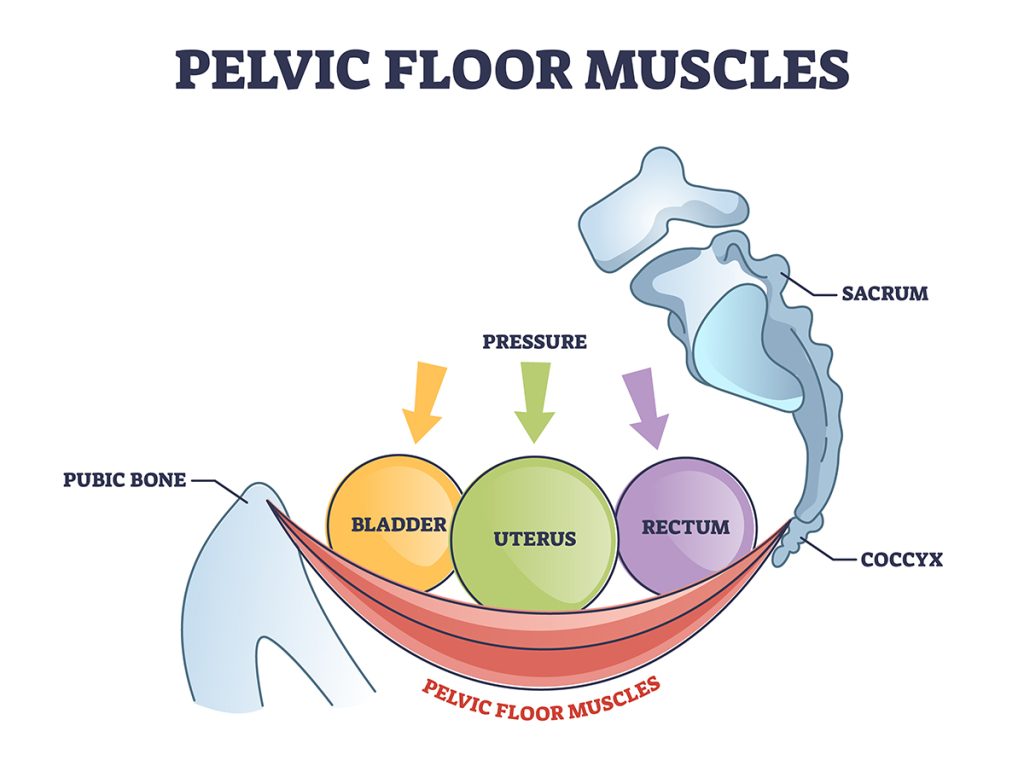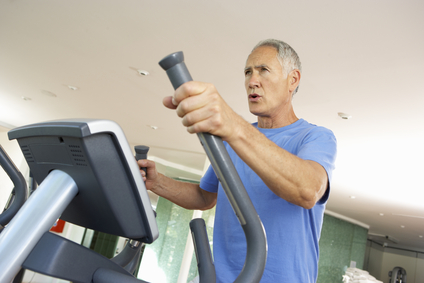How Do You Know Which Exercise Is Best For You?
ANY exercise is better than no exercise, but there’s no such thing as one workout for everyone and everything. There’s carryover between different kinds of exercise, but there’s a lot that doesn’t. Runners don’t automatically become skilled martial artists. Specificity is a thing.
We also have a limited amount of time to work with. Two, maybe 3 disciplines can be added before the logistics get prohibitive. There are no world-class ultramarathon powerlifting circus performers.
Is yoga enough? A favorite sport? Lifting weights and running, followed by a little stretching?
What’s your yardstick?
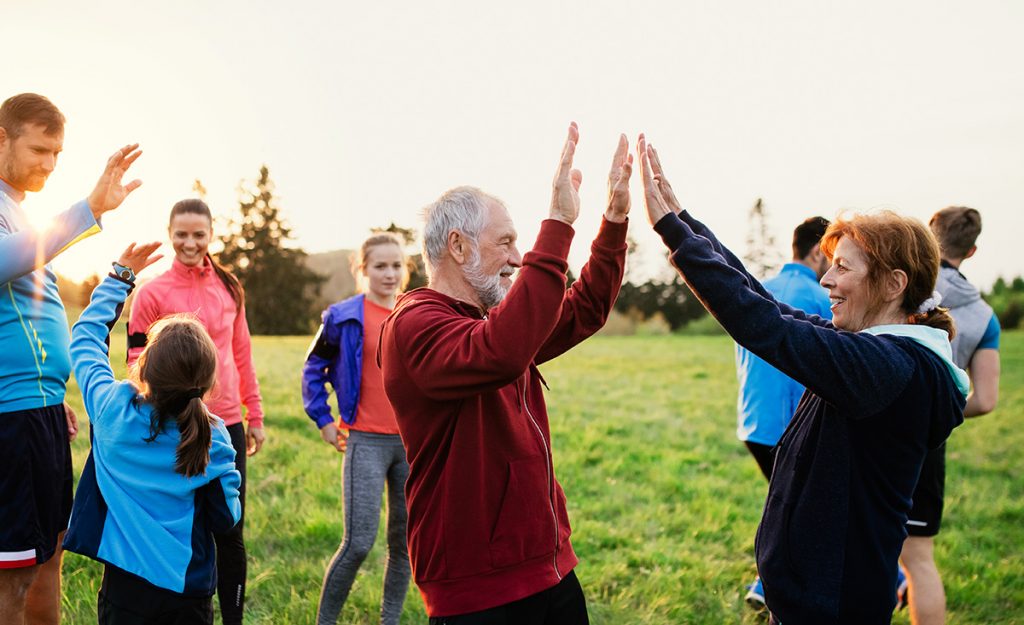
It depends on what’s important to you
Ask a doctor, and speaking as a doctor, the doctor will want you to optimize the following:
- Muscle mass: for blood sugar, brain function, and mortality reduction
- Mobility: for fall reduction and general injury prevention
- Cardio: for blood pressure and cardiovascular risk reduction plus longevity
Ask a martial artist and the qualities to develop will look different, possibly emphasizing endurance, quickness, and explosiveness. It will be different for a firefighter, a caregiver for the elderly, an elderly caregiver, and a traveling lecturer.
The argument has been made, very diligently by folks like Dr. Peter Attia, that there’s a minimum core set of activities that all humans, regardless of professional or recreational needs, should maintain during their lifetimes.
It’s only a problem if there’s a gap
Is where you are where you want to be?
In your heart of hearts, are you satisfied with your health, by whatever metric—weight, blood pressure, energy level, calmness, feeling warmly pleased?
If yes, then you’re golden.
If no, then one of two things logically follows:
- You’re working on closing the gap
- Something is stopping you from closing the gap
If you’re closing the gap, again, you’re golden. Keep closing.
If something is stopping you, then by definition, it’s bigger than your health goal.
Just had a heart attack? No one expects you to run marathons right away; the myocardial damage is bigger than your running goal, at least for now.
Family or work objections halting your efforts? Very understandable—but this means their peace of mind is bigger/more important than your health. Is it?
Too busy to put your health first… means pretty much what it says. You consider your health to be secondary to all the things you’re juggling. Is it?
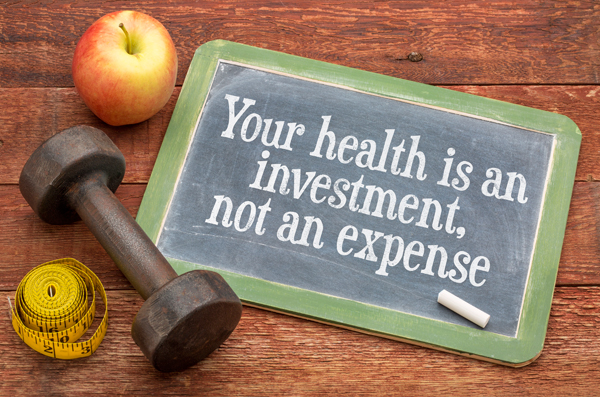
And if you have all the knowledge, support, and bandwidth to improve, and you still don’t, then I suspect you’re getting lost in all the pretty shapes and colors of the Internet—doomscrolling about money, climate change, politics.
Because the alternative—that you didn’t really want to improve your health and well-being—is the biggest nope nope nope of all.
Which is more likely in today’s modern world? That you don’t want what you want? Or that there are corporate, media, and tech level entities with vested interests in keeping you a distracted, docile, dependent consumer?
Action Item
This is about exercise, but it applies to any action you take to improve your health. Ask yourself if you’re as active as you want or need to be. If you are, make sure you have a maintenance program to keep it up.
If not, examine what is in your way, and whether it’s truly more important than staying as mobile and active as YOU choose to be.
Peter Beck Kim, MD, is passionate about helping others stay healthy and active as they age—whether that means getting back on the mat after 50 or pulling a 100 lb. warbow. As both a physician and an active practitioner of jiu-jitsu and archery, he understands firsthand that maintaining performance requires more than just strength and skill—it demands resilience, strategy, and thoughtful planning.
Dr. Kim shares a free, in-depth guide to avoiding illness and injury while optimizing health and fitness for an active lifestyle: https://drpbkim.com/

